Planning a trip to Alaska? You're in for an incredible journey. This guide offers essential tips for getting the most out of your visit to Alaska's stunning landscapes.
Whether you're planning a long road trip from the Lower 48 or looking to explore Alaska's natural beauty, being well-prepared is crucial.
Follow these tips for a successful and memorable Alaskan adventure.
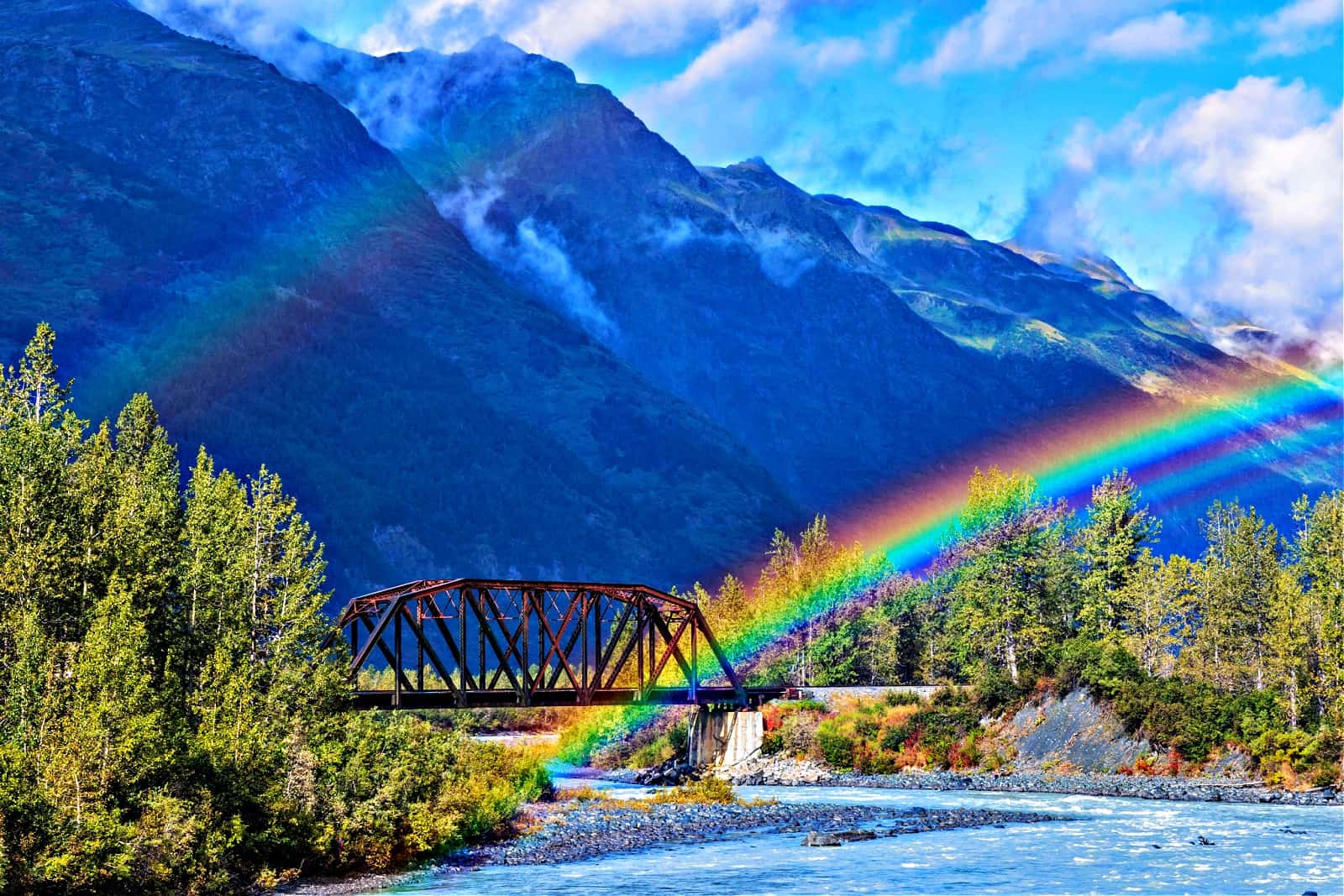
25 Essential Tips for a Memorable Alaska Adventure
These 25 tips are designed to enhance your Alaska travel experience in today's world.
Tip # 1: Early Planning - A Key to Cost Savings
Spontaneity has its charms, but when it comes to Alaska, early planning can lead to significant savings.
Booking hotels a year in advance can slash your accommodation costs by half, underlining the importance of early itinerary planning.
Alaska's high travel costs stem from its remote location. Everything not locally produced must be transported over great distances, adding to expenses. On average, a trip to Alaska could cost between $200 and $300 per person per day.
For more insights on managing your travel budget, our Alaska travel cost guide is packed with valuable tips.
Tip #2: Best Time for Your Alaska Visit
Alaska welcomes visitors throughout the year, yet for those who prefer to avoid the extreme cold, visiting between June and September is ideal.
These months offer milder weather, with June and September serving as the less crowded shoulder seasons. Venturing during the off-peak months of May or October requires thorough preparation and research to ensure you're ready for the weather and conditions you'll encounter.
Read more in our post about the best time to visit Alaska.
Tip #3: Crafting Your Personal Alaska Bucket List
Alaska is overflowing with spectacular sights and activities, enough to overwhelm any traveler. It's essential to curate your list of must-sees and must-dos based on what excites you most.
Whether it’s marveling at the northern lights, embarking on a dog sledding journey, observing musk ox, or experiencing whale watching, customize your list to suit your interests. Don't miss the chance to witness bears at Katmai National Park or take a scenic flight over Denali.
Immersing yourself in the unique experience of an ice museum in Fairbanks could also be on your agenda. Please do your research, draft your personalized list, and let it guide your travel plans. This not only helps tailor your journey but also ensures you manage your time effectively.
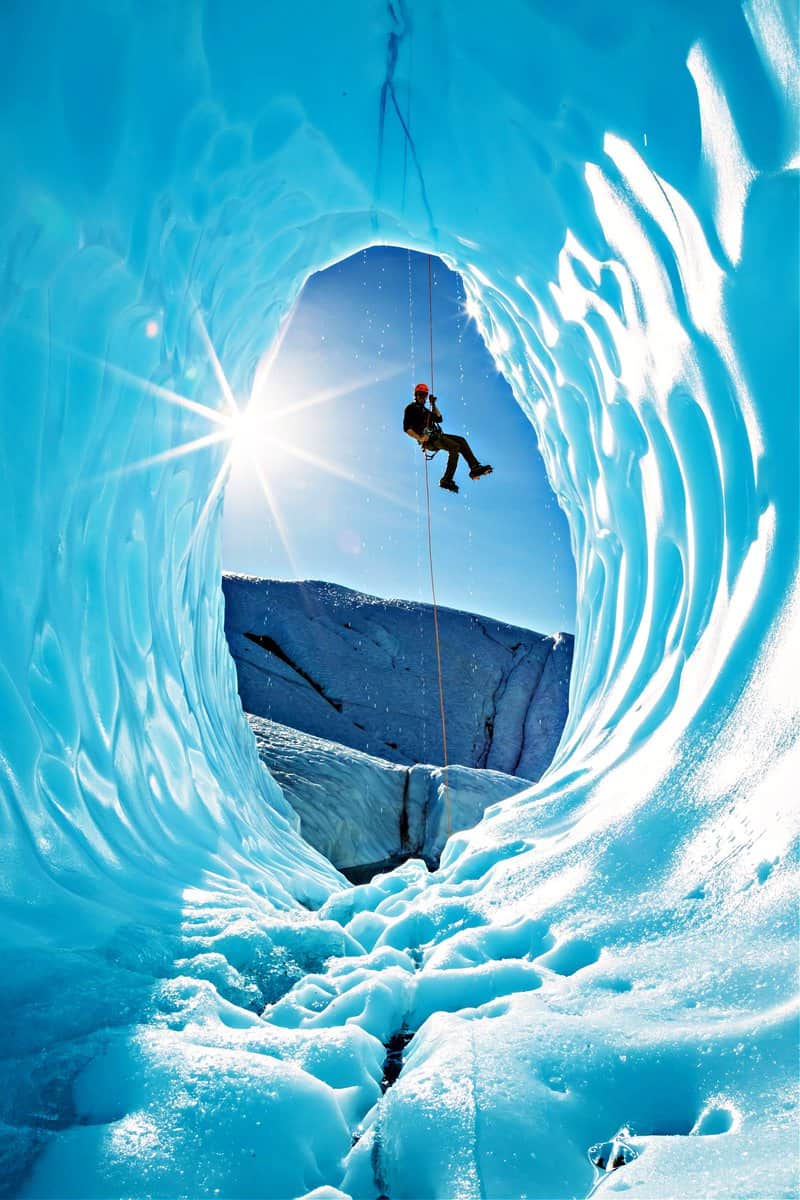
Check out our Alaska adventure list for inspiration.
Tip #4: Plan Your Route Taking Daylight Hours Into Consideration
During Alaska's summer, the abundance of daylight—up to twenty hours daily—provides ample opportunity for exploration.
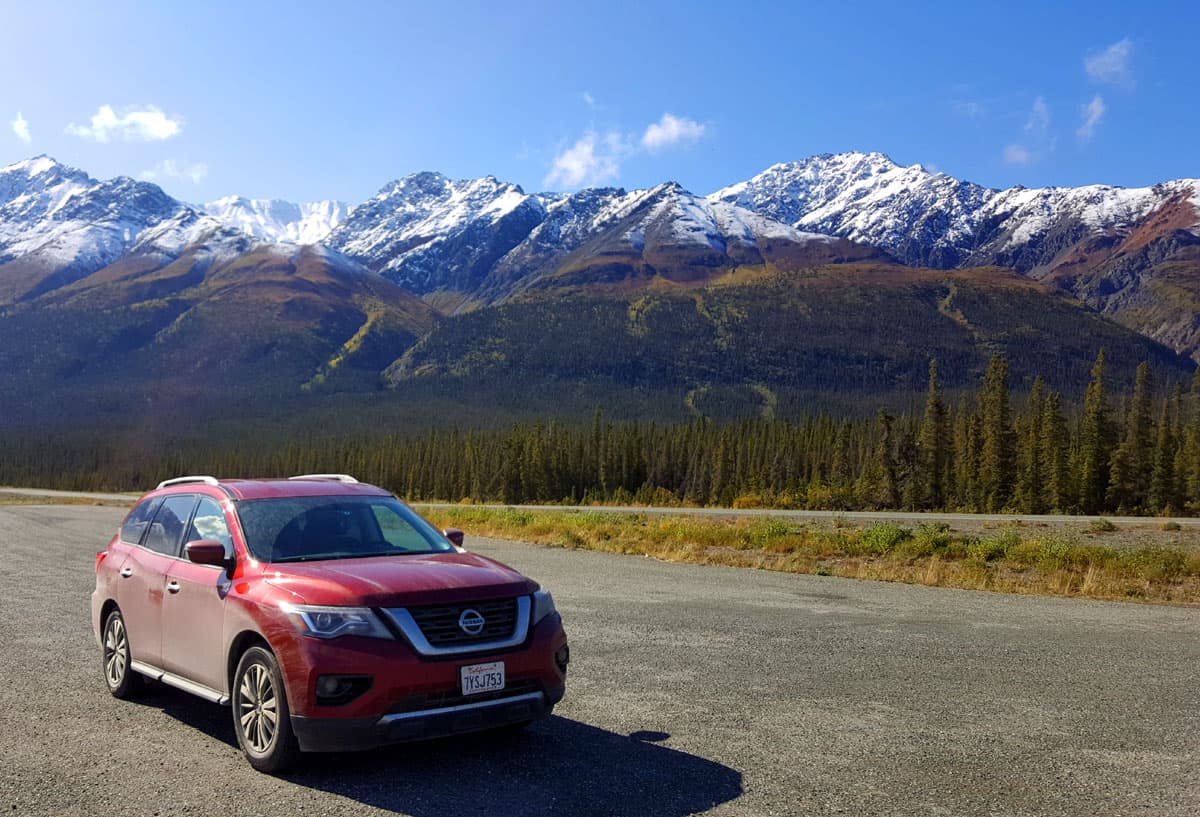
This phenomenon is especially pronounced in June and July, particularly as you venture further north. However, be mindful that daylight hours shorten rapidly in August and September.
When planning your trip, especially any driving itineraries, consider these extended daylight periods to enhance your experience but ensure rest to avoid fatigue.
So, budget accordingly and make sure you read my post about the cost of Alaska travel for 11 important budgeting tips.
Tip #5: Don't Worry About Cell Phone Coverage (Unless Traveling The Alaska Highway)
While Alaska retains its 'Last Frontier' mystique, its infrastructure, including cellular service, is surprisingly robust. Our experience showed reliable coverage for major providers across most areas, ensuring you stay connected.
However, be prepared for limited service on remote routes like the Dalton Highway or when traversing into Canada. Before embarking on such routes, it’s wise to plan for potential coverage gaps.
Read more about this and other topics in our guide about Driving to Alaska.
Tip #6: Smart Dining - Coolers and Groceries
Dining out in Alaska can quickly add to your expenses, with restaurant prices often surpassing those in the contiguous US by about 20%. A practical solution?
Opting for groceries for a more budget-friendly and possibly healthier dining option. We recommend purchasing a basic cooler for storing perishables, a strategy that proved invaluable during our journey.
Fortunately, most Alaskan hotels are equipped with ice machines, allowing for easy cooler replenishment.
Tip #7: Smart Dining Out - Seek Genuine Reviews
While treating yourself to restaurant meals is part of the travel experience, it’s wise to do a bit of research to dodge the tourist traps.
Utilize platforms like TripAdvisor or Yelp to uncover authentic dining experiences based on real traveler reviews.
Our memorable meal at the Talkeetna Roadhouse, for instance, came highly recommended and did not disappoint, offering us not just delicious food but also the chance to interact with fellow travelers and locals.
Tip #8: Watch For Wildlife On The Road
The prospect of spotting wildlife is a significant allure for many traveling to Alaska. Always be ready to safely pull over and capture these moments.
However, caution is paramount, especially when wildlife ventures close to roadways, posing potential dangers. Heightened alertness is especially crucial during dawn and dusk when wildlife is most active.
For more insights into safely navigating Alaska's roads and encountering wildlife, read more in our dedicated guide.
Tip #9: Safe Wildlife Observations on Trails
Alaska's wilderness teems with wildlife, necessitating caution and respect for their space.
Adhering to National Parks guidelines—maintaining a distance of at least 25 yards from herbivores and 100 yards from predators—is crucial for safety.
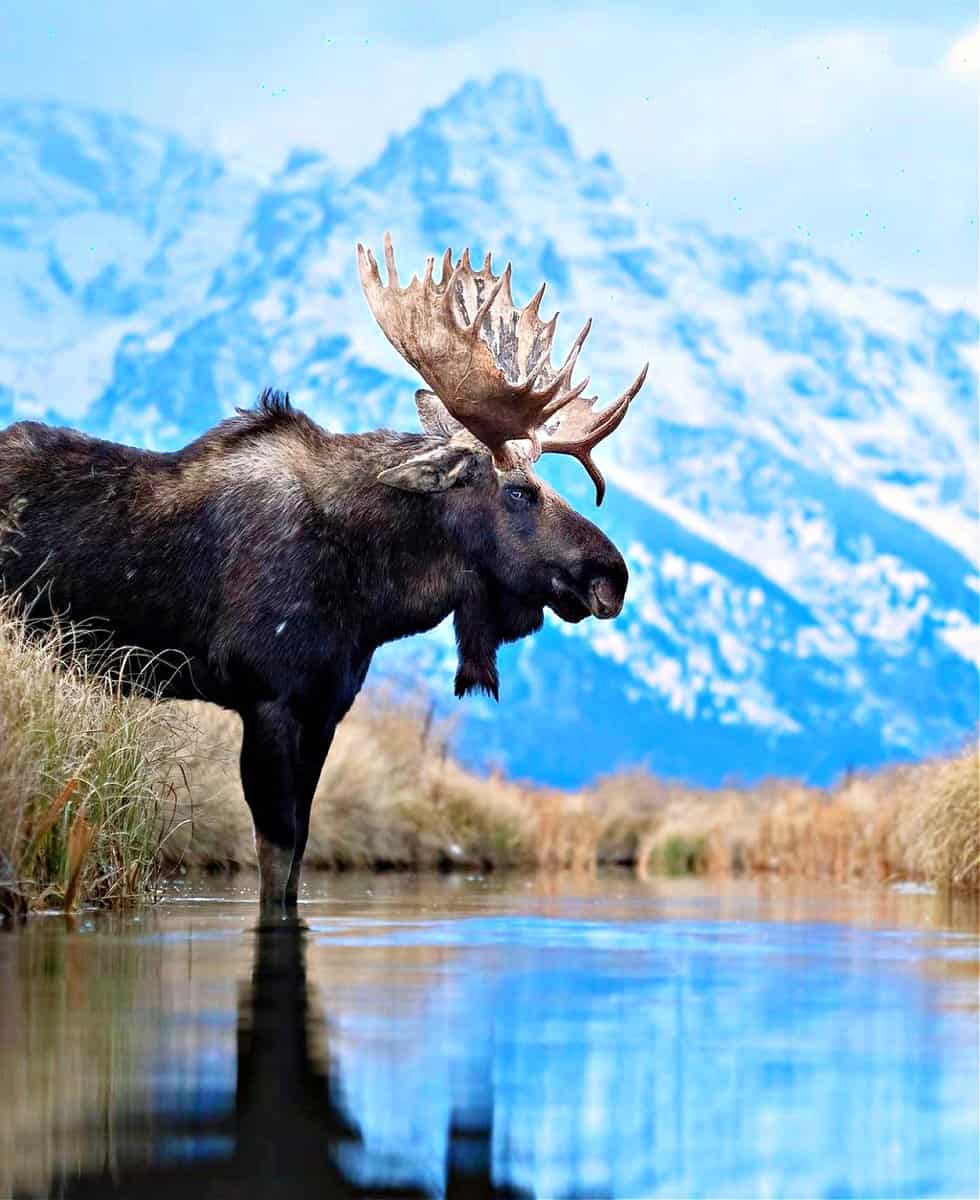
Our encounters, including a close moment with a grizzly, underscore the importance of these precautions. For more detailed experiences and safety tips, explore our guide on encountering wildlife.
Tip #10: Wildlife Encounters - Sanctuaries and Research Centers
For those keen on safely observing Alaska's diverse wildlife, sanctuaries, and research centers offer unparalleled opportunities.
Our visits to places like the LARS station in Fairbanks and the Alaska Wildlife Conservation Center allowed us close encounters with species such as musk oxen and bears, all in a controlled environment.
We also recommend the Alaska Sealife Center in Seward, where we got to see a rescued baby walrus! Discover more about visiting these centers in our Fairbanks and Seward guides.
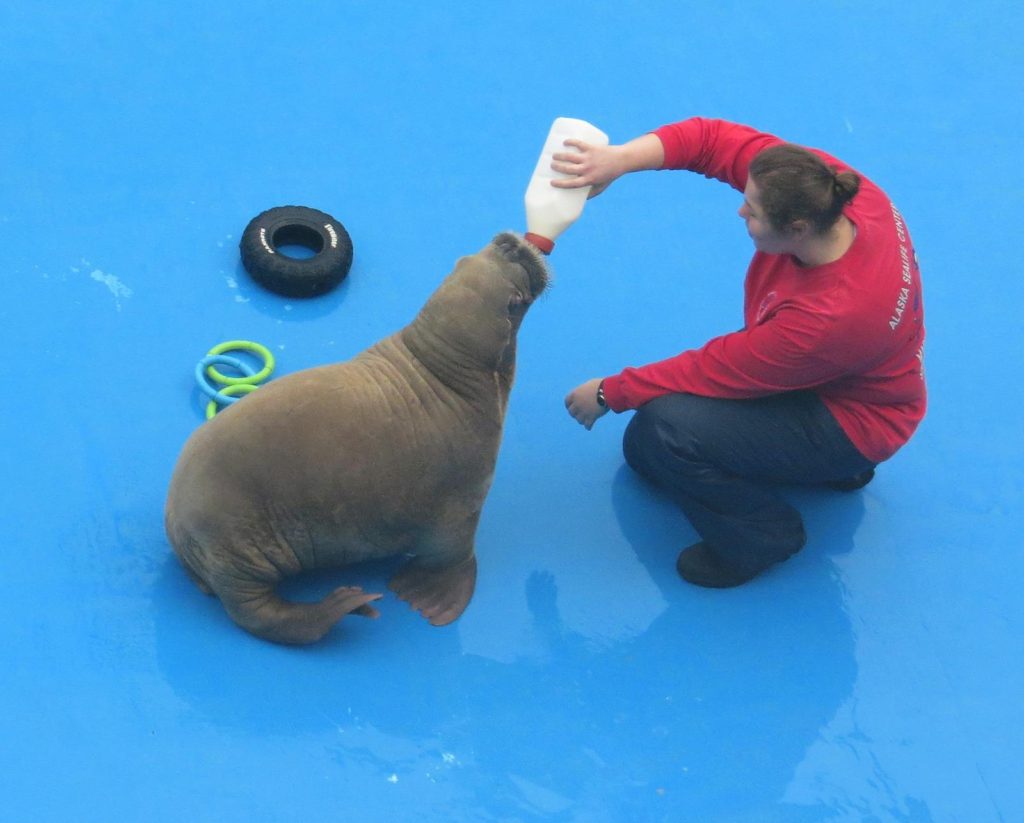
Tip #11: Pursuing the Northern Lights
Spotting the Northern Lights, possible from October to November and in March, is a highlight not to be missed.
Even during shoulder seasons like September, these mesmerizing displays can illuminate the night sky. We were fortunate to witness them in early September, proving it's worth keeping your hopes up for this natural spectacle regardless of your visit timing.
For optimal viewing tips and locations, dive into our Northern Lights guide.
Tip #12: Exploring Alaska's Coastline
If you're visiting Alaska on a cruise, then you'll be seeing a lot of the coastline. However, if you're flying into Anchorage for a few days, it can be easy to focus on Denali and a drive up to Fairbanks.
Even if your trip centers around Anchorage, Denali, or Fairbanks, adding destinations like Seward, Homer, or Valdez can provide a fuller experience of Alaska's diverse landscapes.

Tip #13: And Make Sure You Take At Least One Cruise To See Whales And Glaciers
Once at the coast, go on a cruise to see Alaska from the water. Yes, it's not cheap, but I guarantee it'll be one of the most memorable days of your trip, possibly of your life.
Nothing beats the experience of watching a tidal glacier calf drop into the ocean or seeing a pod of Orca whales crossing the water. Read more about our cruise of Kenai Fjords National Park here.

One of the most common summertime activities is going on a whale-watching cruise.
Peak migration season is during the summer, even though different whales appear in Alaska from spring through autumn. Read more about the best time for whale watching in Alaska in this post.
Tip #14: Driving The Alcan? Top Up On Fuel
When traveling the Alaska Highway or the Cassiar, anticipate stretches of 3-4 hours without gas stations, especially in summer.
In off-season months, many stations close, so plan fuel stops carefully to avoid being stranded.
In Alaska itself, consider your distances and look up gas stations ahead of time to make sure you have plenty of fuel to spare. Our rule of thumb was to top up whenever we were half-full.
Again, if you're considering this, make sure you read our guide about driving to Alaska.
Tip #15: Use Pull-Offs To Safely View The Scenery
Make sure to take advantage of the high-quality pull-offs so you can have pictures of the beautiful countryside. Stopping your car frequently may be time-consuming. However, the images that you will get are completely worth it.
Stay safe and avoid stopping on the shoulder of the road. Many of the main Alaska roads are winding and have vegetation along the route, which could further block another driver's line of vision.
Tip #16: Pack Multiple Layers and Prepare For Chilly Weather
Alaskan winters are super cold, and you will need your best winter clothes and gear. However, for the rest of the year, it is freezing in the mornings, but when the afternoon comes around, the temperature becomes moderate.
Multiple layers can easily be removed throughout the day. A few hats and casual clothing are all you will need for a week in Alaska.
Tip #17: If You're Into It, Then Go Fishing
Fishing lovers will enjoy the peak of the Alaskan fishing season, which is in the summer. The best time of the year to catch king salmon begins in mid-May and extends through July.
The best time to see red salmon is from mid-June to mid-August.
The silver salmon season occurs later in the year and extends from July to September. There is a small time frame to catch chum and pink salmon between mid-July and mid-August, too.
Please take the time to research the need for permits. They are required for many types of fish.
Tip #18: Visit A National Park
If you are going to travel to Alaska, then you are probably attracted to the idea of visiting at least one or two Alaskan national parks.
It is important to know that most of Alaska’s national parks are completely inaccessible by road. Unless you can afford to pay for a special excursion, then you will only be able to visit these parks:
- Wrangell-St Elias National Park
- The Klondike Historic National Park
- Denali National Park
- Kenai Fjords National Park

Make sure you read my post about which Alaska National Parks to visit - and how.
Tip #19: Take The Early Shuttle In Denali
This is a very specific tip but an important one. Almost all visitors to Alaska incorporate Denali National Park into their itinerary, and for good reason.
Since you can't drive your car into the park, you'll need to take the shuttle or a tour bus. Either way, make sure you book one of the early rides - the earlier, the better - as that increases your chance of seeing wildlife.
That's how we got to see 19 bears in Denali, plus lots of other wildlife. You can read our full Denali report and more tips for visiting the park here.

Tip #20: Experience Nightlife In An Alaskan City
When it comes to nightlife in Alaska, one city shines compared to the rest. Anchorage is the state's largest city, and it is known to keep its 250,000 to 300,000 residents entertained with amazing food and unique drinks.
Then again, Fairbanks, being a university city, also has its share of festivals and events, especially during summertime, when daylight keeps the locals out into the small hours.
When visiting, try to sample some of that nightlife for a unique northern experience.
Tip #21: Check For Local Events
One of the most important Alaskan events is the Iditarod dog sledding race, which takes place in March.
If that's too early in the season for you, check out what's on offer during the time of your visit. Here's a good page that can start you off while in the planning stages, but do Google your locations and dates to look for more.
We visited the Alaska State Fair in Palmer during our trip and had a blast. It was a great mix of local booths and shows that provided an authentic, fun experience.

Tip #22: Incorporate An Exciting Outdoor Experience
Alaska has many outdoor experiences to offer. Take your peak from heli-skiing, sleddog mushing, kayaking, ice climbing, and ATV'ing through forests - and much more.
For an affordable option, you can try renting a bicycle and exploring the awesome network of bike trails around Anchorage. There are many tour operators, so do your research and pick the activity that's right for you.
Which brings me to the next point...
Tip #23: Stay Safe When Outdoors
Enjoying the outdoors is great, but it is always best to do so with a sense of respect for Mother Nature and what she can throw at you.
Other than wildlife - which we have discussed earlier - you should also be aware of the weather and the unique risks associated with ice, snow, and glaciers.

Never attempt to hike a glacier on your own unless you're sure you know what you're doing. Glaciers can be as treacherous as they are beautiful. If you want to hike on a glacier, that's awesome.
Find a guided excursion that works for your itineraries and do so safely, with the right gear and a qualified guide who knows the glacier.
Tip #24: Consider Flightseeing
If you want a different perspective of Alaska, then go above it. Several companies run small airplanes and helicopters to some of Alaska’s most beautiful places, such as the Denali National Park.
It is important to know that you have to arrange an air taxi (small plane) to take you to some of Alaska’s more remote parks.
We haven't done this ourselves, but it's definitely something that's on my bucket list for our next visit to Alaska.
Tip #25: Get To Know The Locals
I mentioned visiting the State Fair and enjoying the local flare of things. Another great experience was a dinner we had with a local family!
One of our blog readers here was generous enough to invite us to dinner in her home when in Alaska, and we took her up on the offer. We had a wonderful evening together with her family and got to learn so much about what life in Alaska really is!
If this is something that you might be interested in, I highly suggest couch surfing.
You don't have to sleep over at people's homes, but you can easily find a local host who would be happy to meet up, show you around, and make friends. You can read more about couch surfing in my post here.
Plan, Prepare, and Have a Great Trip!
I hope you enjoyed these tips! If you have more to add, please leave me a comment below!



